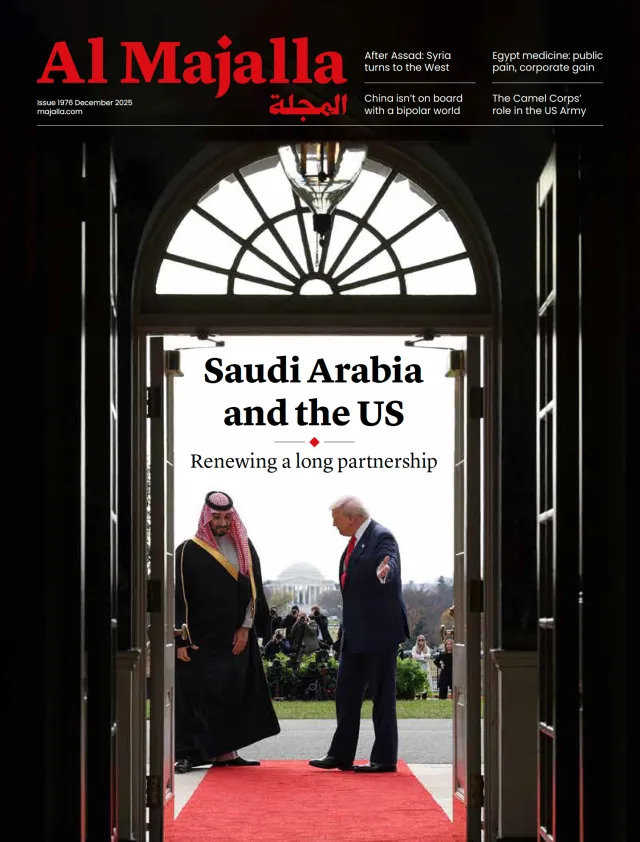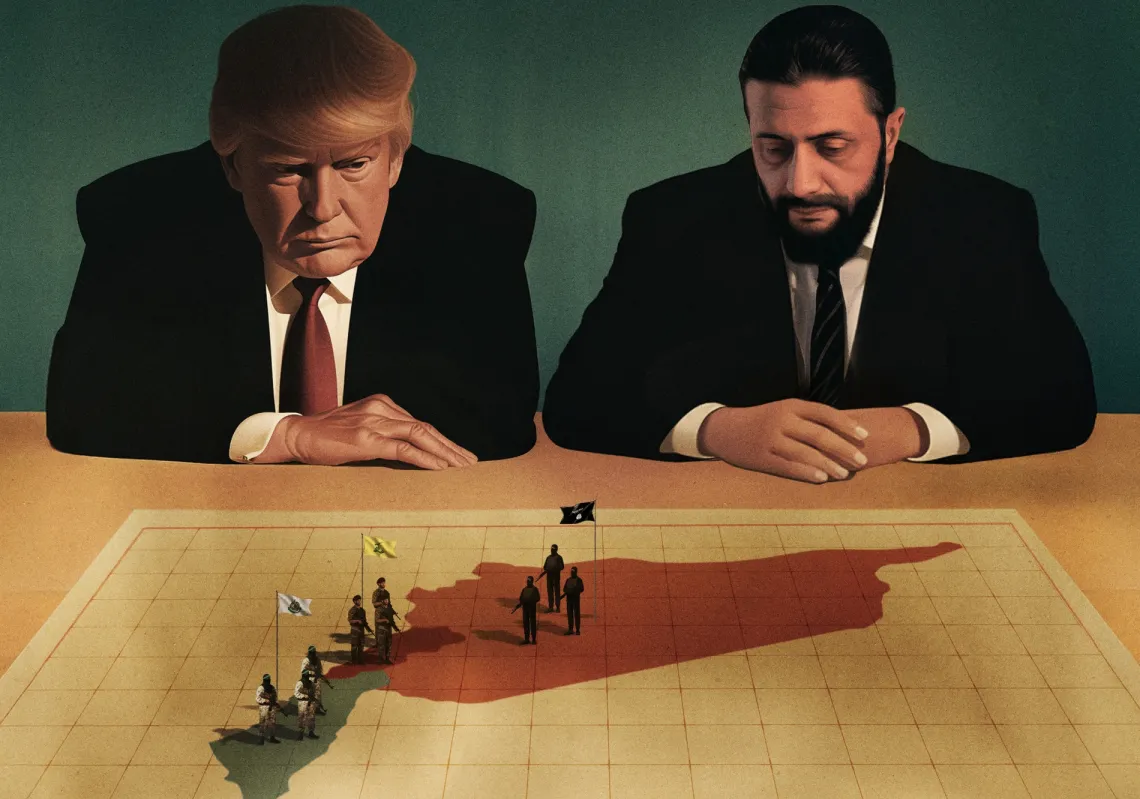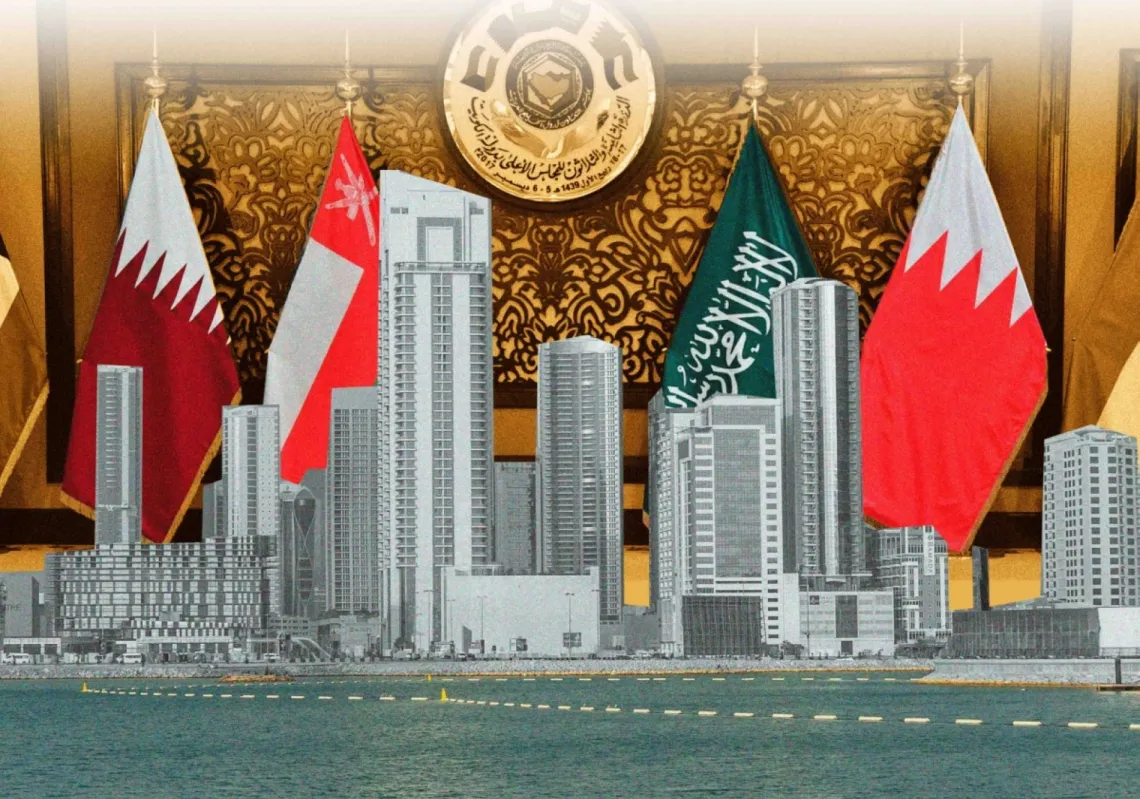Ahead of Donald Trump's return to the White House, world leaders are bracing for a profound change in the foreign policy of the world's most powerful nation.
Trump's Second Act is likely to be more complex than its straightforward “America First” slogan suggests. It will also starkly differ from outgoing President Joe Biden's policies.
When Vice President Kamala Harris was asked who America's greatest adversary was, she did not hesitate. “Iran”, she replied. And while Trump is no friend of Tehran, his answer would probably be very different. And the way he sees the balance of global rivalries will be definitive for the next phase of international geopolitics. Where it will lead—and precisely how it will look—will likely be different this time.
Back then, China was Trump's primary focus. He saw it as the number one threat to America. As such, he levied tariffs on Chinese imports. The new trade barriers disrupted two-decades of symbiosis between the world’s two biggest economies that had become known in some international diplomatic circles as “Chimerica”.

Expect more anti-China moves from Trump this time around, who wants America to emerge as the decisive winner in its strategic competition with Beijing. While it remains unclear what additional steps he will take, past moves can give some indication.
Trumpism can be broadly defined as a mix of free market capitalism, trade protectionism and foreign policy realism. All three can be traced back to the doctrines and beliefs of America’s founding fathers. When applied to the China context, it involves what has become known as the Three T's: tariffs, technology, and Taiwan.
Tariffs
“The most beautiful word in the dictionary is ‘tariff,’” Trump famously said during his election campaign. And he will certainly be using them in his second term.
Steep tariffs on goods made in China—60% according to Trump’s campaign message—will be deployed to coerce US and foreign companies manufacturing in China to move their supply chains to the US. The aim goes beyond simply generating revenue; it is part of Trump's overarching economic agenda to strengthen America at home.
At a tariff rate of 60%, products manufactured in China will find it difficult to compete with those made in other emerging economies. For example, if iPhones—mainly manufactured in China—were subject to a 60% price increase when sold in the US, it would shake up the US consumer market. As a result, Apple’s global market share could be eclipsed by that of its South Korean competitor, Samsung. Meanwhile, Chinese companies with a substantial market share in the US will also be forced to move their supply chains offshore.
This would mark a far more aggressive trade approach than Biden’s, which only selectively punished Chinese companies that were believed to be national security risks with market restrictions. Biden's policy did not target US companies operating in China or overseas. Instead of using a stick approach, it used a carrot by enacting some of the largest fiscal subsidies since the Great Depression to lure global companies to manufacture in the US. The most notable recipients of the Biden subsidies were TSMC and Samsung. For his part, Trump will likely opt for a more punitive approach.
Steep tariffs will directly harm Chinese exports to the US, its largest single-country trading partner. Over time, this could hollow out its domestic manufacturing capacity. Foreign Direct Investment (FDI) net flow into China has already turned negative in the third quarter of 2022.
China could respond in several ways. It could devalue its currency in a bid to support its exporters. Less dramatically, it could try to get around tariffs by diverting trade of intermediary goods through third-party markets to continue to supply the US. It may also choose to cultivate larger developing markets as an alternative destination for its exports while also boosting its domestic consumption. None of these options are easy and, if seriously pursued, they could drastically reshape China's economy.
Additionally, a 60% tariff could potentially slash China’s economic growth forecast by 2.4%. That would place its growth rate at 2.5%, placing it on par with the US and slower than most developing economies in the upper tier of the classification. If it struggles to offset the impact of the high tariffs, it could possibly end China’s long period of expansion, known as its “economic miracle".

















